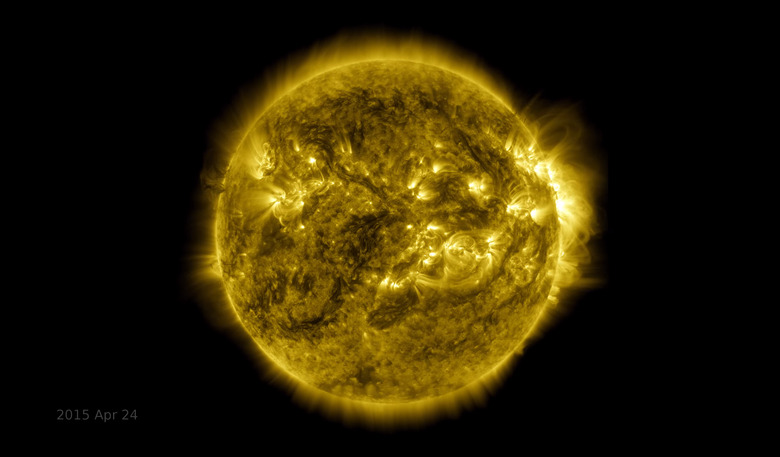Scientists Think There Was Another Sun Just Like Ours, But It Vanished
- Researchers have theorized that our Sun once had a binary companion or another star that was roughly the same size as itself.
- The binary pair may have been responsible for drawing in the wealth of material that became the planets and other objects that now orbit the Sun.
- This theory could also potentially explain how the mythical "Planet Nine" was drawn into our system, though it's yet to be proven.
When you gaze up at the daytime sky you see our Sun — just don't look directly at it, please — and that's about it. We live in a one-star system, but astronomers have known for a long time that binary systems in which two stars orbit each other at the center aren't uncommon.
Those systems can change over time, with binary systems becoming one-star systems, but could that be true of our own Sun? A new research paper published in Astrophysical Journal Letters suggests that it's possible, and it may even have implications on the existence of the still-mythical "Planet Nine."
The study suggests that our Sun may have had a twin a long time ago. Based on the data, the researchers say that the second star would have been a lot like our Sun in terms of mass, and the theory of an early stellar binary could help explain the existence of the "Oort cloud," which is a collection of material that orbits our Sun at an extreme distance.
The Kuiper belt is a disc of debris, chunks of rock, ice, and even dwarf planets that orbits the Sun even farther away than Neptune. The Oort cloud is present at an even more extreme distance, The idea here is that an early stellar binary could help explain the density of the Oort cloud, as a binary system tends to draw in and capture more material and objects than a single star.
"Previous models have had difficulty producing the expected ratio between scattered disk objects and outer Oort cloud objects," Amir Siraj, lead author of the study, said in a statement. "The binary capture model offers significant improvement and refinement, which is seemingly obvious in retrospect: most sun-like stars are born with binary companions."
On top of helping to explain the Oort cloud, a binary companion star might also help to support the existence of Planet Nine. Planet Nine is a still-unidentified object that some scientists believe exists in the distant reaches of the solar system. By observing the movements of objects in the Kuiper Belt, it seems there's something very large lurking out there, exerting its gravitational pull on anything that gets too close.
If our Sun once had a companion, the pair could have drawn in and captured such a planet. It's all still just a theory, but it's definitely an interesting one. The companion star may have been drawn away by other passing objects, including other star systems early in the formation of our system, which would explain why it's no longer here.
